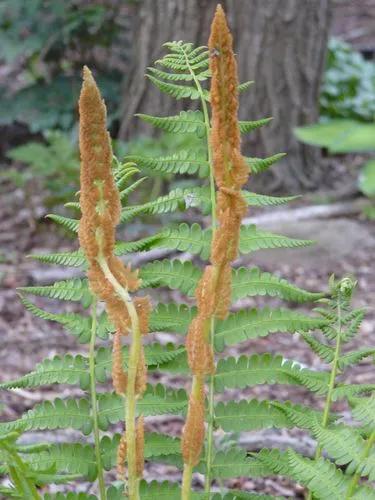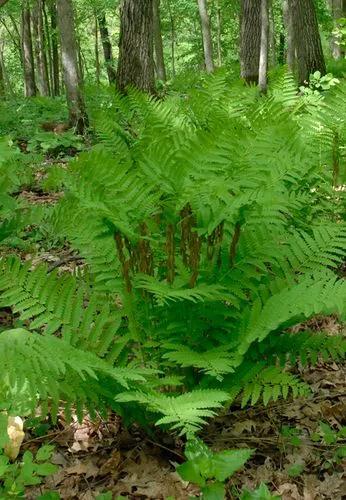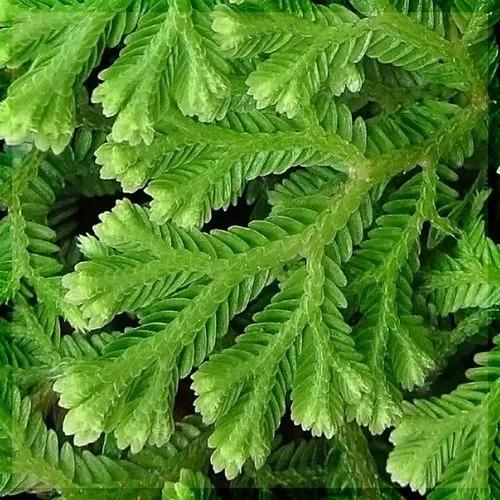Pendent epiphyte to 2 m long (occasionally grows on rocks); rhizome short-creeping, 1–3 cm long. Fronds 1–6; sterile lamina to 200 cm long and 10–20 mm wide, sometimes forked towards the apex; lamina grading into the common stalk.
Ribbon Fern Care
Ophioglossum Pendulum



How to Care for the Plant

Water

Pteris ferns are not overly demanding when it comes to water. While most ferns will almost immediately die if left to dry out, pteris ferns are a bit more tolerant of dry soil (though they are not drought-tolerant). For best results, aim to water your plant at a regular cadence, keeping the soil consistently moist. They don't like being waterlogged, either—plants that are allowed to sit in saturated or soggy soil will quickly succumb to root rot.

Fertilizer

Feed your pteris ferns once a mother from April to September, using a a weak liquid fertilizer diluted to half-strength.

Sunlight

Pteris ferns prefer bright filtered light, similar to what they would receive in their natural tropical environment under the canopy of larger trees. Distilled light is especially important in the warmer summer months when the plant is actively growing. Avoid harsh direct rays, especially mid-day, which can singe or burn the leaves.

Soil

Luckily, pteris ferns are not picky about their soil mixture and can thrive well in basic potting soil. The mixture should be well-draining and easy to keep moist, but it should not get boggy or waterlogged. Generally, any peat-based mixture will allow the plant to thrive just fine.

Temperature

Keep your pteris fern in a warm environment in your home. An ideal temperature range is between 65 degrees Fahrenheit and 75 degrees Fahrenheit, though the plant should never be allowed to dip below 55 degrees Fahrenheit. In addition, keep the plant away from any harsh drafts (either hot or cold), like those from an open window or radiator.

Container

These ferns are moderate growers and thus should be repotted every spring if they're showing signs that they're outgrowing their container. For best results, divide the plant during repotting, shake the old dirt from the roots, and carefully repot into fresh soil. After repotting, make sure to provide the plant with plenty of warmth and moisture until the new growth starts.

Additional

Enzootic hematuria, the most common form of bracken fern poisoning, primarily affects cattle and less frequently affects sheep. It is characterized by intermittent hematuria and anemia. Poisoning most often occurs during late summer when other feed is scarce, or when animals are fed hay containing bracken fern.

Popularity

4 people already have this plant 3 people have added this plant to their wishlists
Discover more plants with the list below
Popular articles






